11 Historic College Stadiums Perfect for a Nostalgia-Fueled Road Trip
College stadiums are more than just venues for athletic competition; they are living museums where history, tradition, and community converge. Each stadium tells a unique story, echoing with the cheers of countless fans and the footsteps of legendary athletes. These arenas have witnessed moments that have defined not only college sports but American culture itself. As we embark on this nostalgic road trip, we delve into 11 historic college stadiums, each a testament to the passion and spirit that characterize college athletics. Our journey will explore the architectural grandeur, iconic games, and the indelible impact these stadiums have had on their institutions and communities.
1. The Rose Bowl: A Grand Stage for History
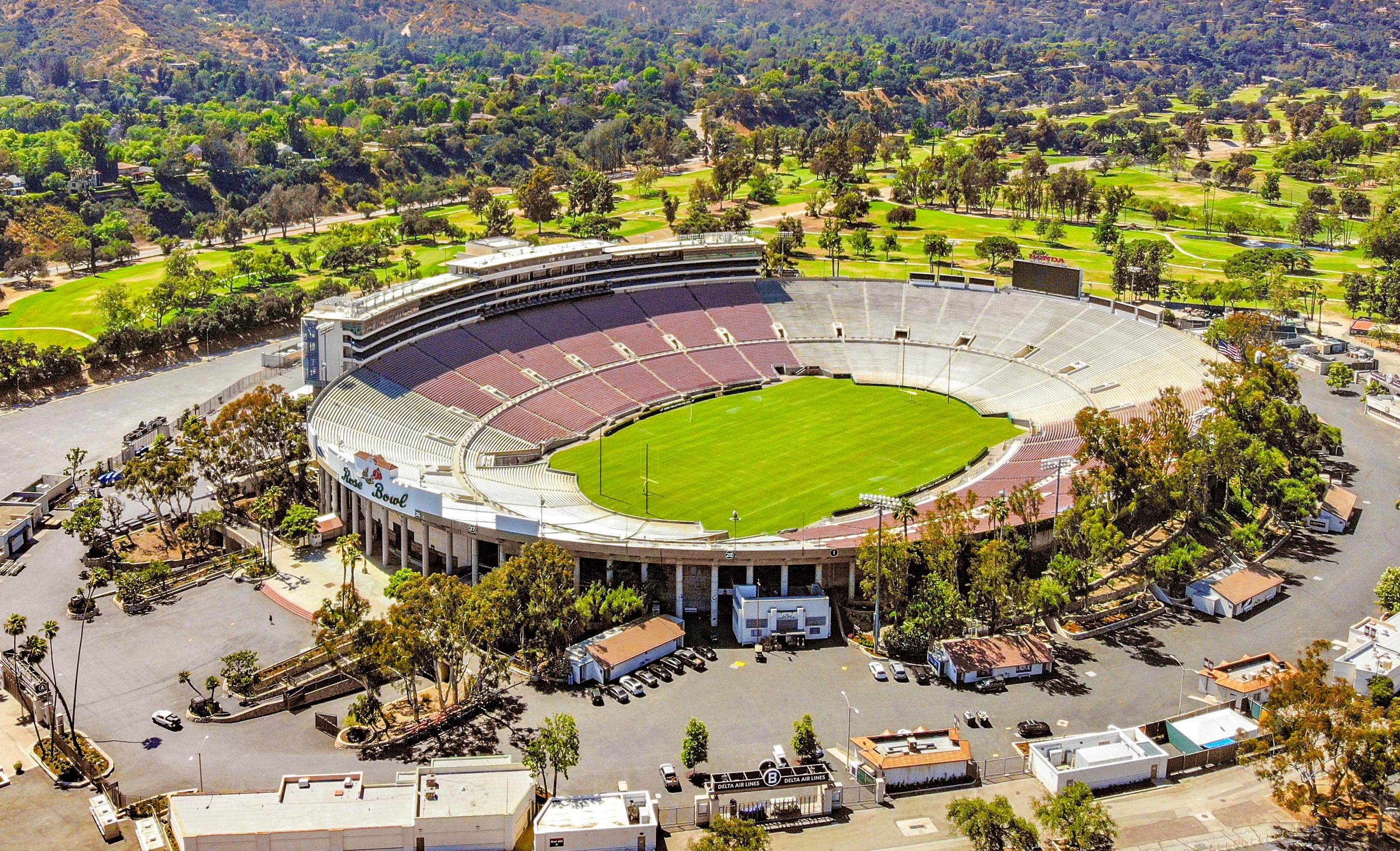
The Rose Bowl in Pasadena, California, stands as a monumental symbol of college football. Since its opening in 1922, it has hosted numerous Rose Bowl games, each adding a new chapter to its storied legacy. Known as “The Granddaddy of Them All,” the stadium has been the site of thrilling contests that have crowned national champions and showcased future NFL stars. Its iconic design, with a seating capacity exceeding 90,000, reflects the grandeur of the events it hosts. The Rose Bowl is more than just a stadium; it’s a cultural landmark, synonymous with New Year’s Day traditions and the pageantry of college football.
2. Michigan Stadium: The Big House of Dreams
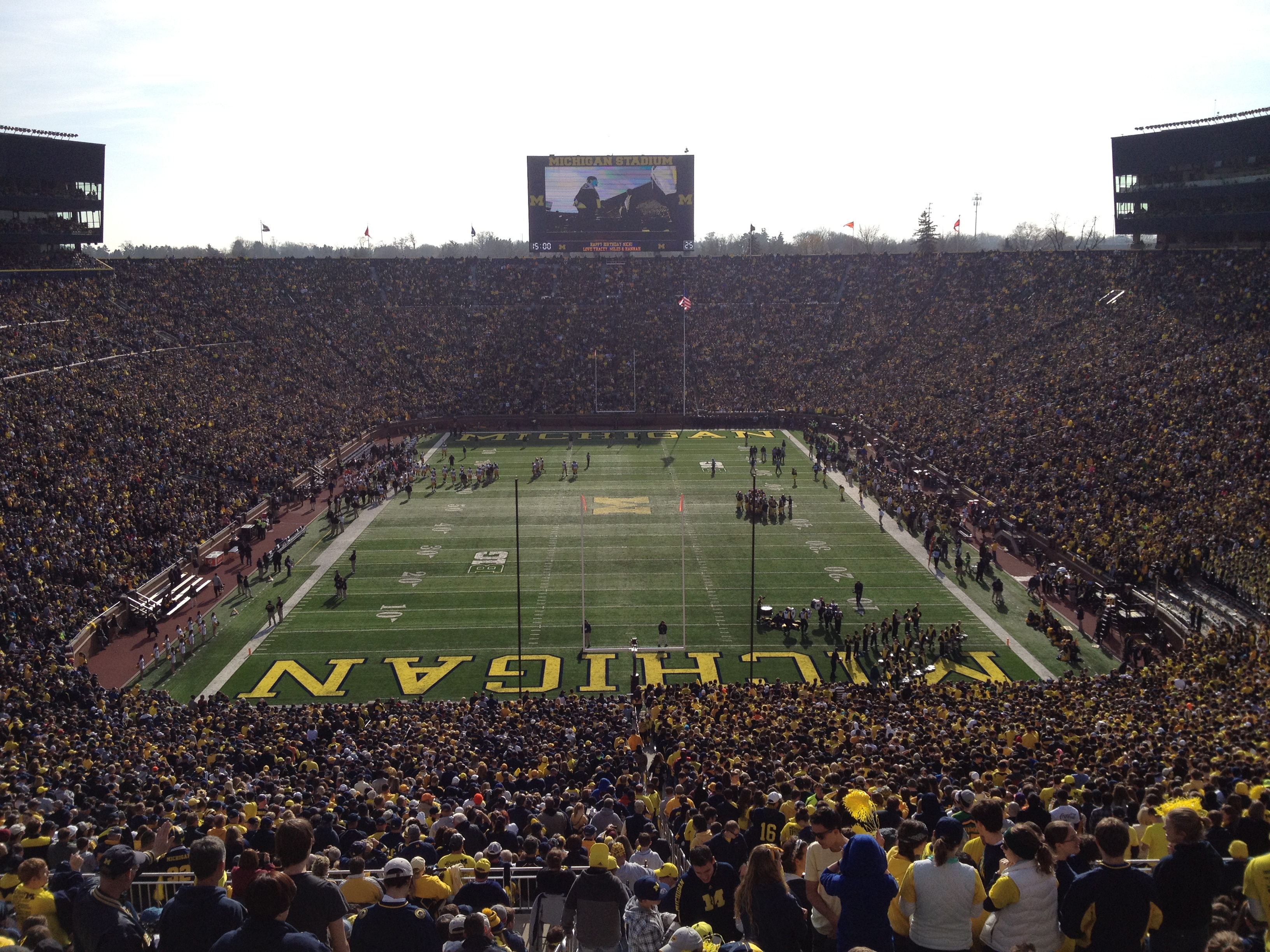
Michigan Stadium, affectionately known as "The Big House," is a colossal symbol of the University of Michigan's football prowess. With a capacity of over 107,000, it is the largest stadium in the United States. Since its inauguration in 1927, it has been home to countless memorable games and legendary players. The stadium's sheer size and the fervor of its fans create an electrifying atmosphere that is unrivaled in college sports. Beyond football, Michigan Stadium has become a cultural icon, hosting events that transcend sports, including concerts and NHL games, further cementing its place in American history.
3. Notre Dame Stadium: A Cathedral of College Football
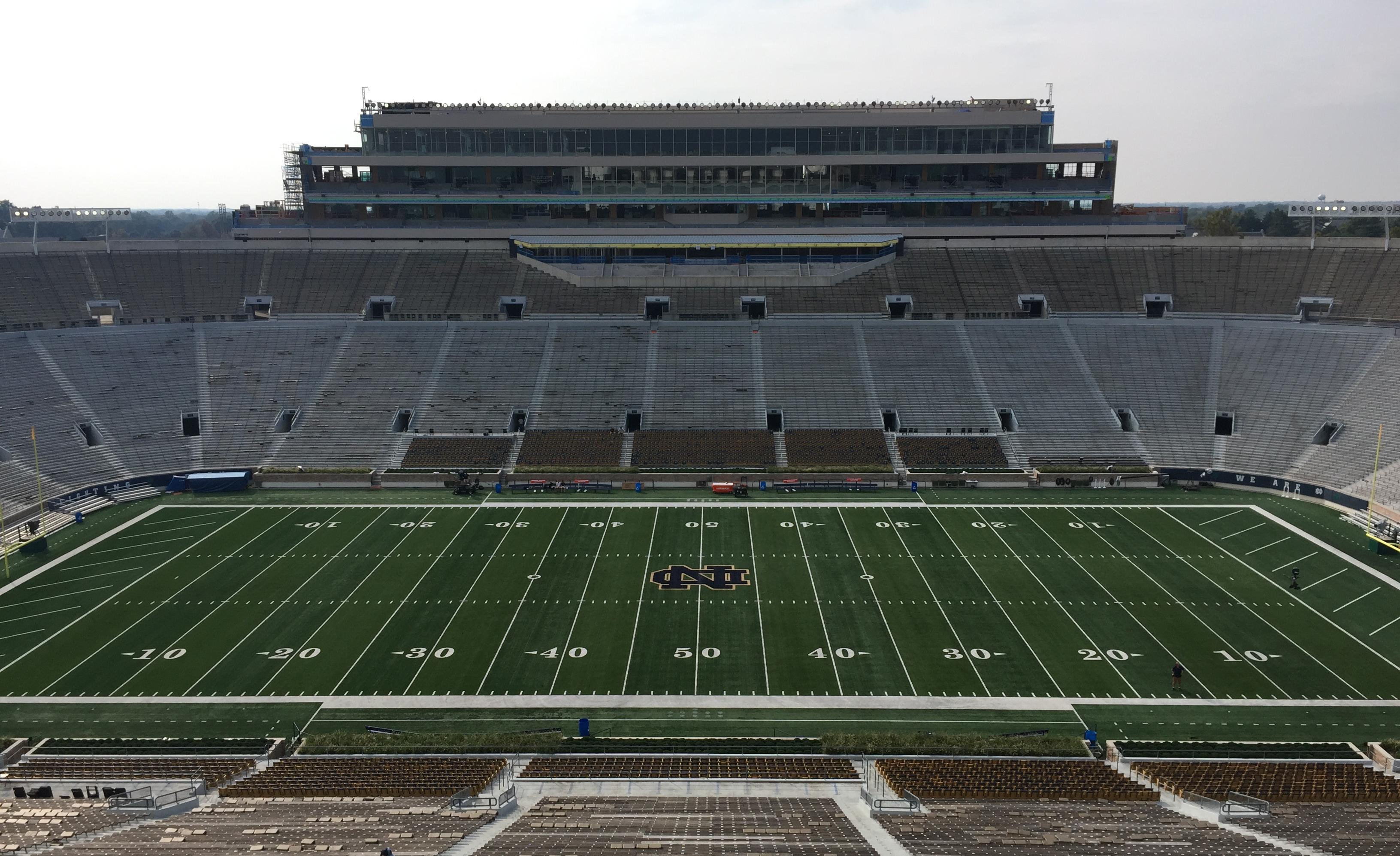
Notre Dame Stadium in South Bend, Indiana, is often referred to as a cathedral of college football. Opened in 1930, it has been the backdrop for the Fighting Irish's storied history. The stadium is steeped in tradition, from the iconic "Play Like a Champion Today" sign to the echoes of the Notre Dame Victory March. Legendary coach Knute Rockne and numerous Heisman Trophy winners have graced its field. Notre Dame Stadium is not just a place of competition; it is a hallowed ground where the spirit of college football is celebrated with reverence and pride.
4. Bryant-Denny Stadium: Heart of the Crimson Tide
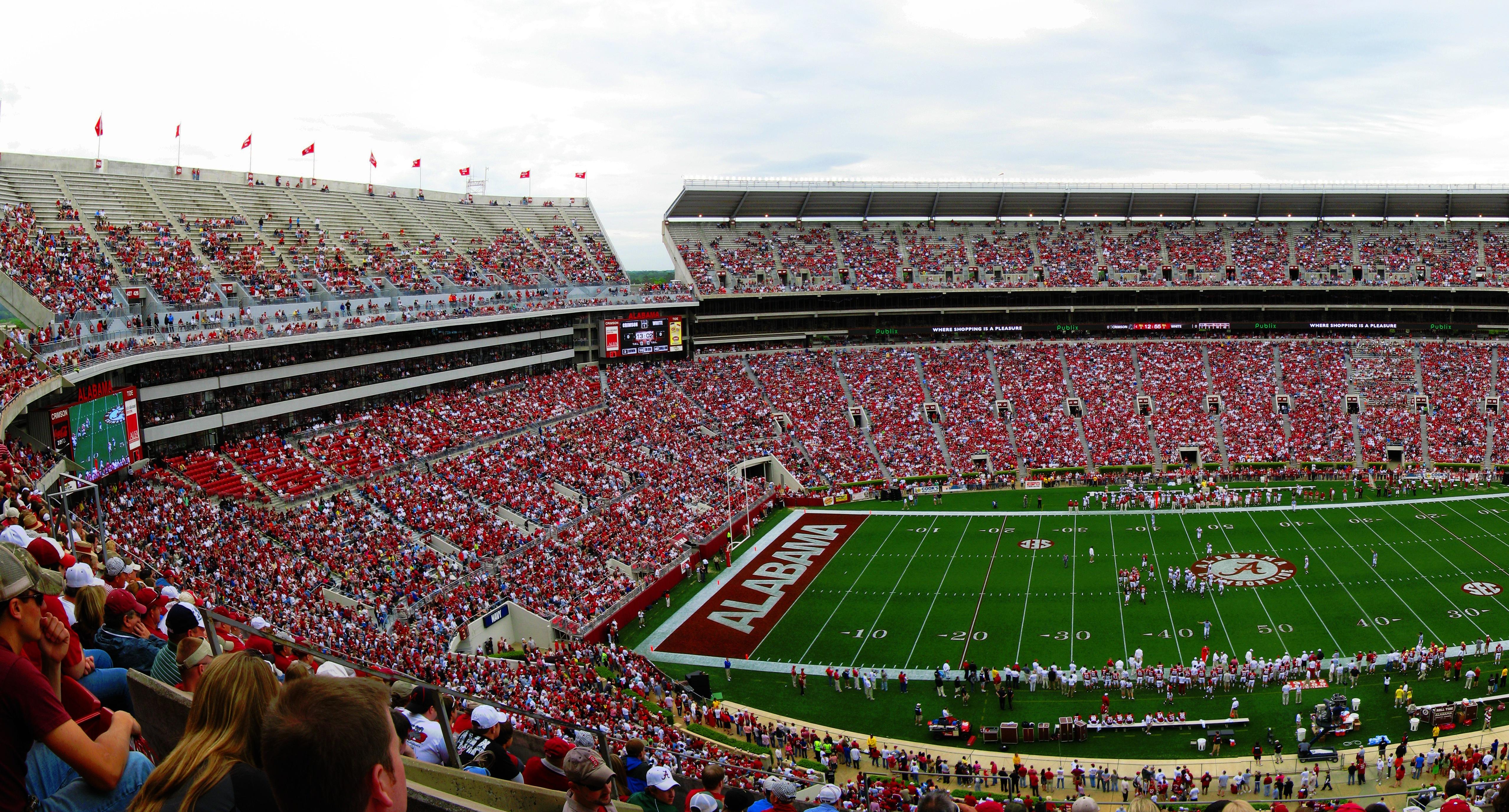
Bryant-Denny Stadium, located in Tuscaloosa, Alabama, is the epicenter of Alabama Crimson Tide football. Since its opening in 1929, it has grown from a modest venue to a modern coliseum, reflecting the program's rise to national prominence. The stadium is named after legendary coach Paul "Bear" Bryant and former university president George H. Denny, symbolizing the university's rich football heritage. With a capacity of over 100,000, it is a fortress where the Crimson Tide's dominance is displayed. The atmosphere on game days is electric, with fans creating a sea of crimson that embodies the pride and tradition of Alabama football.
5. Ohio Stadium: The Horseshoe of Champions
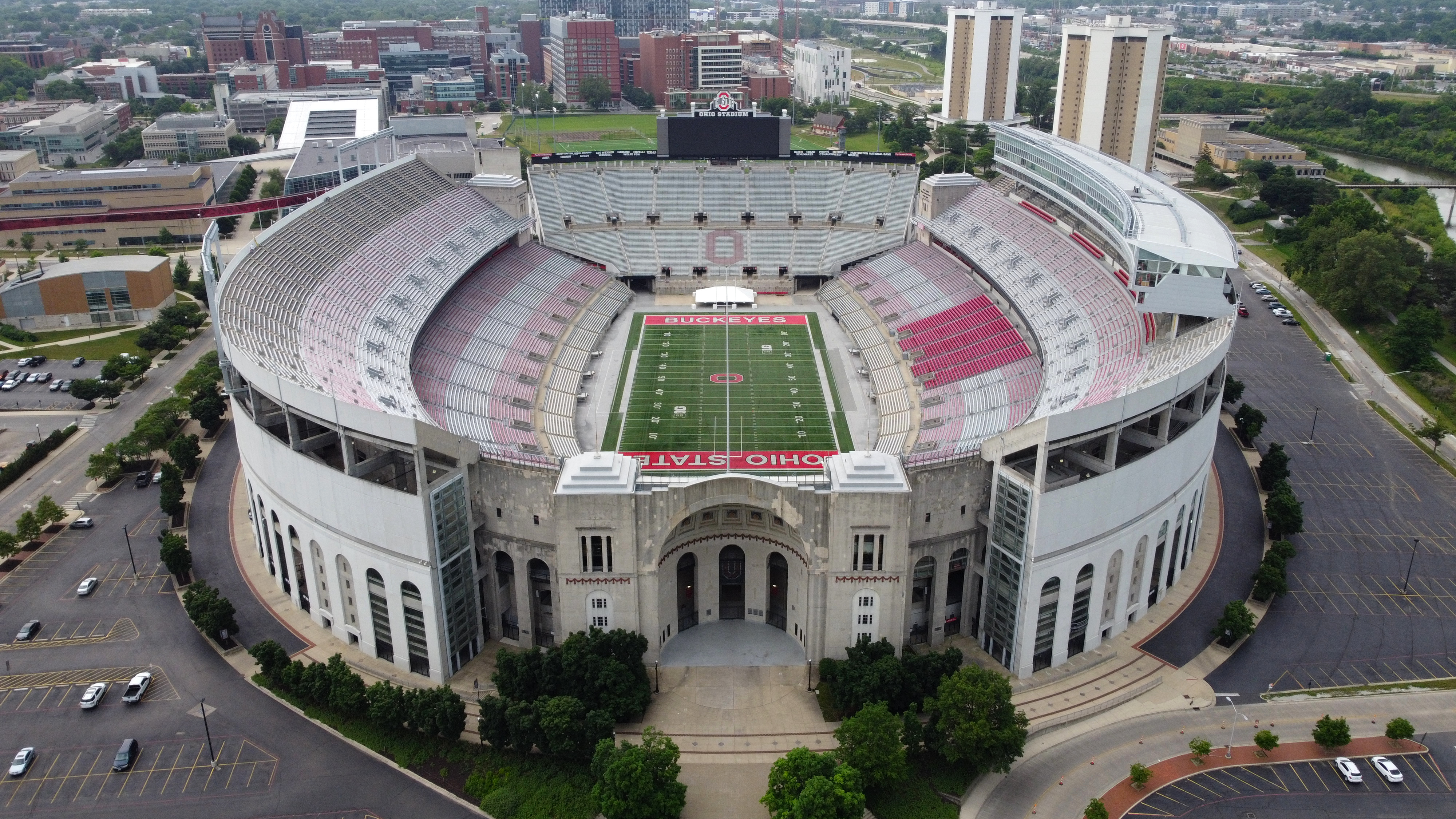
Ohio Stadium, known as "The Horseshoe," is a testament to the Ohio State Buckeyes' storied football legacy. Opened in 1922, it is one of the most recognizable stadiums in college football, with its distinctive horseshoe shape and iconic rotunda. The stadium has witnessed numerous championship runs and Heisman Trophy winners, solidifying its place in college football lore. The Buckeye faithful fill the stands with unparalleled enthusiasm, creating a formidable home-field advantage. Beyond football, Ohio Stadium is a cultural landmark in Columbus, hosting concerts and events that draw visitors from across the nation.
6. Memorial Stadium: The Sea of Red in Lincoln
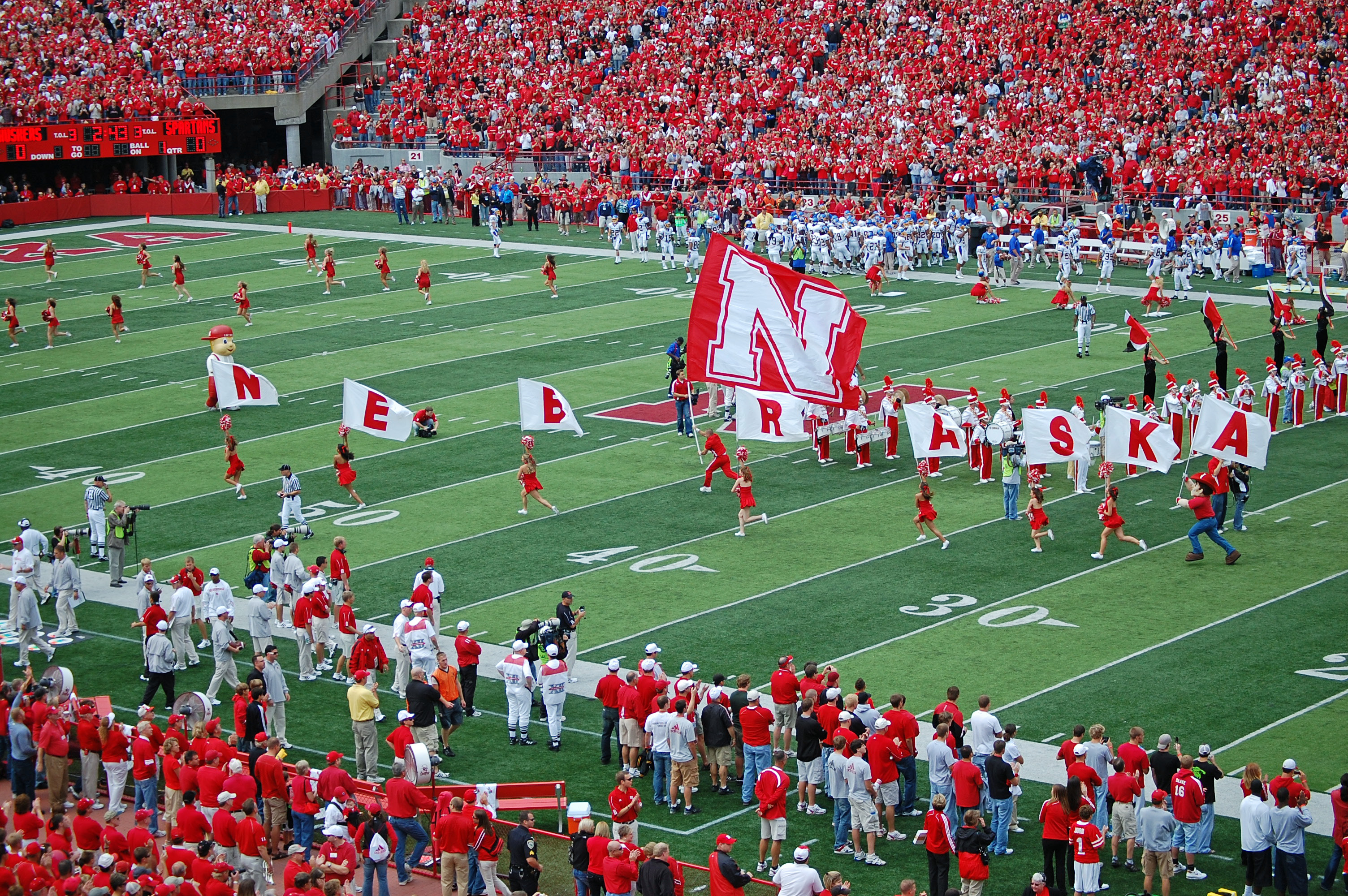
Memorial Stadium in Lincoln, Nebraska, is home to the Nebraska Cornhuskers and one of the most dedicated fan bases in college sports. Since its opening in 1923, the stadium has been a fortress for the Huskers, with fans creating a "Sea of Red" that is both intimidating and inspiring. The stadium's history is intertwined with the state's identity, reflecting the passion and resilience of Nebraskans. Memorial Stadium is more than just a venue; it is a community gathering place where generations of fans come together to celebrate their team and their heritage.
7. Tiger Stadium: The Roar of Death Valley
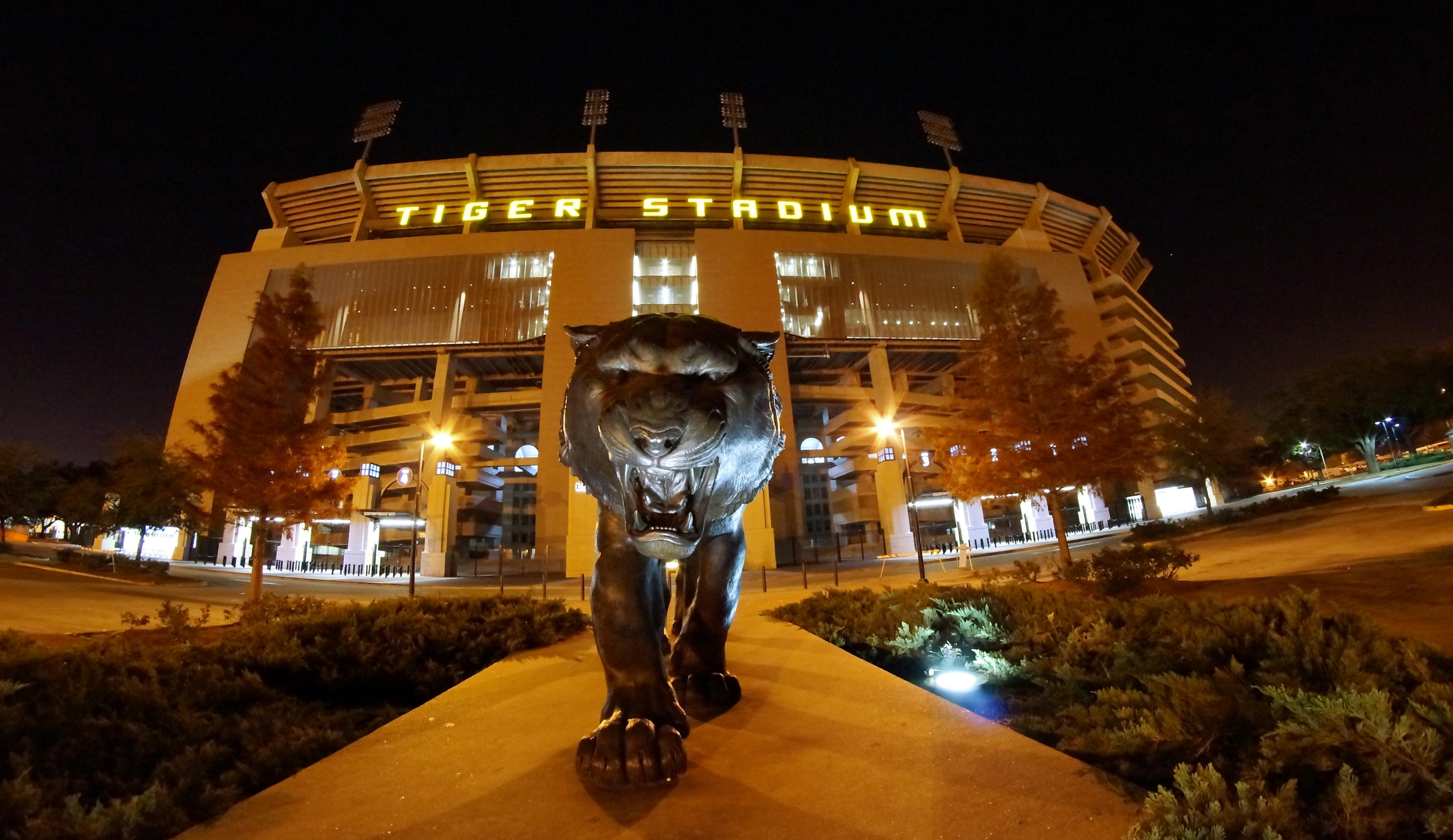
Tiger Stadium in Baton Rouge, Louisiana, is famously known as "Death Valley," a moniker that reflects its intimidating atmosphere. Since its opening in 1924, it has been the home of the LSU Tigers, hosting games that are as much about spectacle as they are about sport. The stadium's unique architecture and raucous fans create a cauldron of noise that is legendary in college football. Night games in Tiger Stadium are particularly renowned, with the stadium coming alive under the lights. It is a place where tradition meets fervor, making it one of the most feared venues in college sports.
8. Sanford Stadium: Between the Hedges in Athens
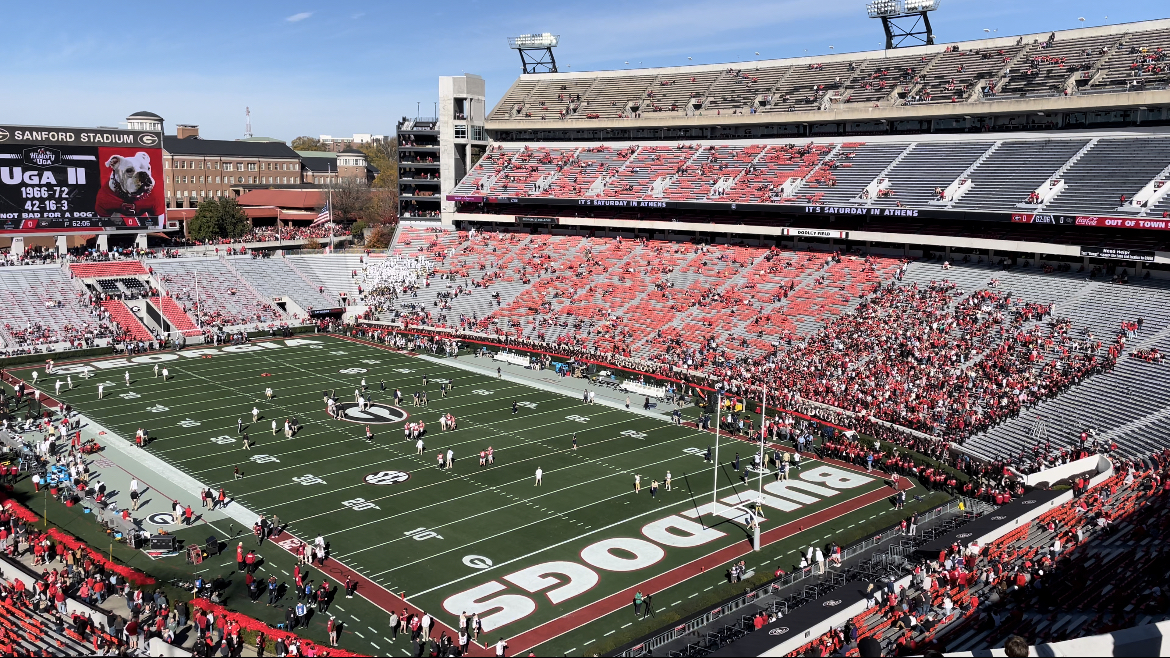
Sanford Stadium in Athens, Georgia, is renowned for its picturesque setting "Between the Hedges." Opened in 1929, it is the home of the Georgia Bulldogs and a symbol of Southern football tradition. The stadium's hedges, which border the field, are as iconic as the games played within its walls. Sanford Stadium has hosted numerous memorable contests, including SEC Championships and fierce rivalries. The atmosphere on game days is electric, with fans clad in red and black creating a formidable home-field advantage. Sanford Stadium is a place where history and tradition are celebrated with every game.
9. The Yale Bowl: A Pioneer in Stadium Design
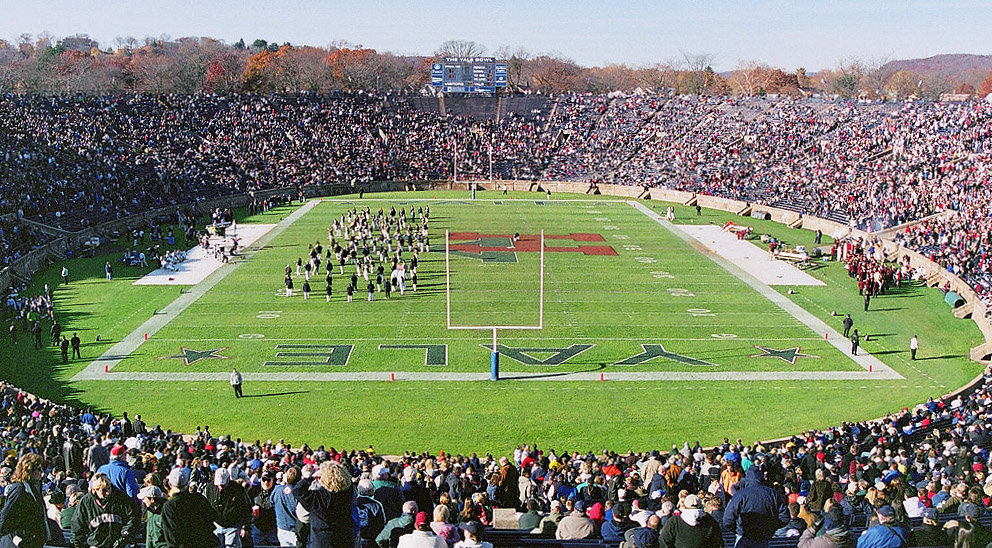
The Yale Bowl in New Haven, Connecticut, is a pioneer in stadium design, setting the standard for future arenas. Opened in 1914, it was the first bowl-shaped stadium in the country, inspiring the construction of other iconic venues. The Yale Bowl has been the site of historic games, including the legendary 1968 Harvard–Yale game, known as "The Game." The stadium's design and history make it a significant landmark in college sports. Beyond football, the Yale Bowl is a cultural icon, reflecting the university's commitment to excellence and tradition in athletics.
10. The Los Angeles Memorial Coliseum: A Multi-Sport Icon
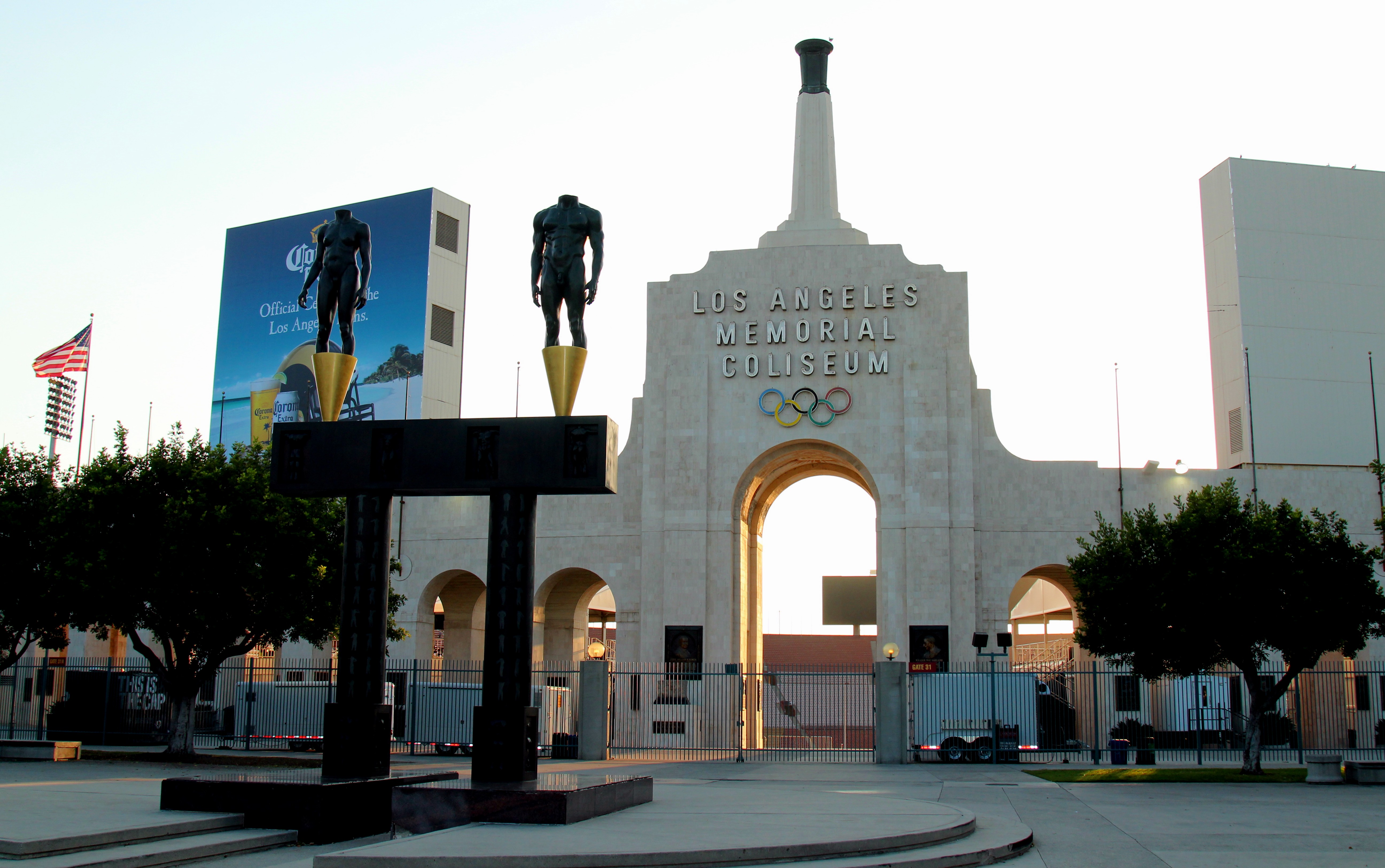
The Los Angeles Memorial Coliseum is a multi-sport icon that has hosted everything from Olympic Games to Super Bowls. Opened in 1923, it is the home of the USC Trojans and a testament to the rich sports culture of Los Angeles. The Coliseum's history is filled with legendary moments and athletes who have left an indelible mark on the world of sports. Its iconic peristyle and torch are symbols of its Olympic heritage. The Coliseum is more than just a football stadium; it is a cultural landmark that embodies the spirit of competition and excellence.
11. Franklin Field: The Oldest Stadium Still in Use
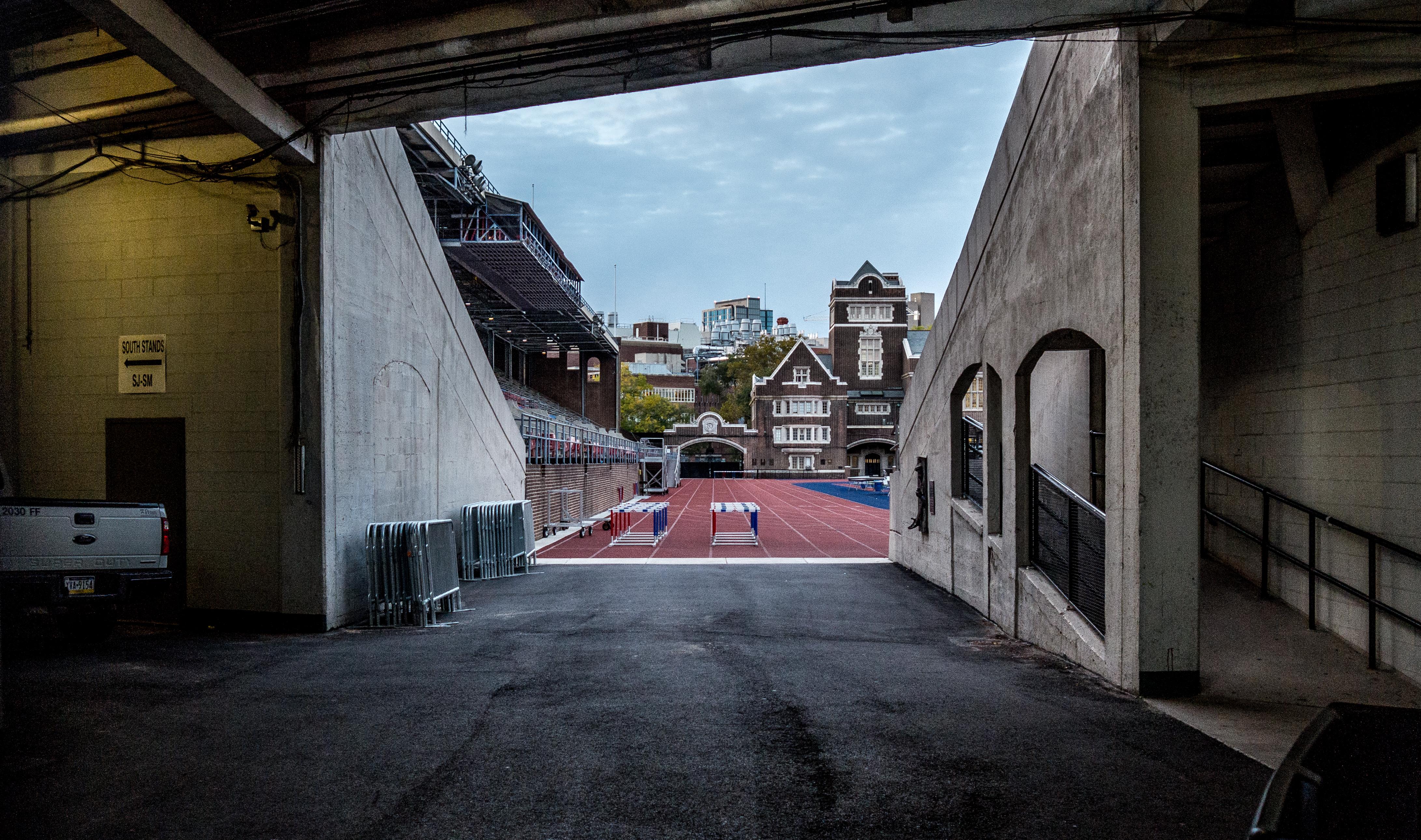
Franklin Field in Philadelphia, Pennsylvania, is the oldest stadium still in use for college football. Opened in 1895, it is the home of the University of Pennsylvania Quakers and a testament to the enduring legacy of college athletics. The stadium has been the site of numerous historic events, including the first televised football game and the Penn Relays, one of the oldest and largest track and field competitions in the world. Franklin Field's history and architecture make it a significant landmark in college sports, reflecting the rich heritage of the University of Pennsylvania.
As we conclude our journey through these historic college stadiums, we are reminded of the enduring legacy they represent. Each stadium is a testament to the passion, tradition, and community that define college sports. They are more than just venues for competition; they are cultural landmarks that reflect the history and spirit of their institutions. The echoes of unforgettable games and legendary moments fill the air, reminding us of the timeless allure of college athletics. These stadiums are not just places of sport; they are hallowed grounds where history is made and celebrated with each passing season.








